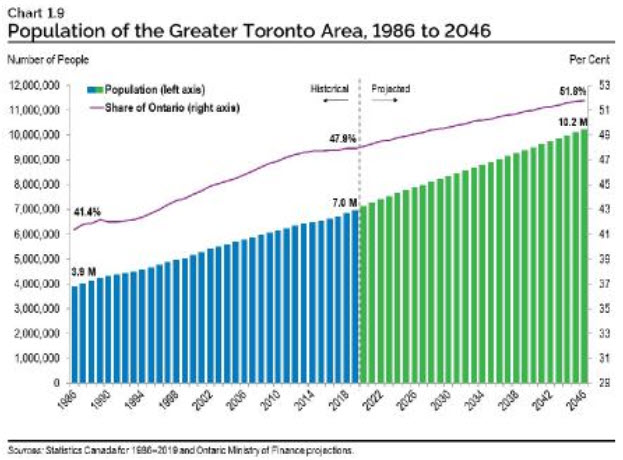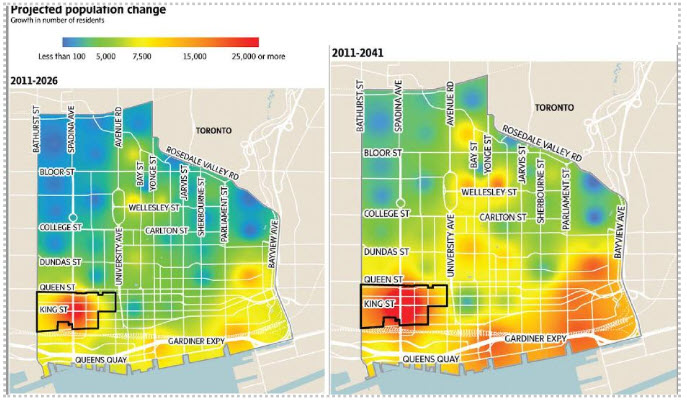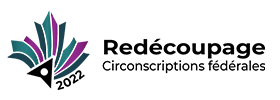Commentaire 340 – commentaires et rétroaction
Les documents ci-dessous sont affichés dans la langue officielle d'origine tels qu'ils ont été reçus.
Retour aux commentaires et rétroaction du public
Rick Green
The Federation of South Toronto Residents' Associations (FoSTRA) wishes to offer recommendations to the Federal Boundaries Commission for Ontario.
The pace of demographic change needs to be recognized in a manner more responsive than the current model and we hope you find these suggestions helpful.
Looking forward to your response.
Best regards,
Rick Green
Chair
Ms. Paula Puddy
Commission Secretary
Federal Electoral Boundaries Commission for Ontario
PO Box 37018 Southdale
London, Ontario N6E 3T3
on@redecoupage-federal-redistribution.ca
Dear Ms Puddy,
The Federation of South Toronto Residents Associations (FoSTRA) is a federation that currently represents 24 residents' associations (RAs) in the five downtown wards – Wards 4, 9, 10, 11 and 13 – and, through these RAs, thousands of Toronto's residents.
FoSTRA fully supports the regular review and redrawing of electoral boundaries to reflect shifts in population densities; it is only through rigorous analysis that increases/decreases in density can be properly represented and administered.
Toronto is heading into a cycle of exponential growth spurred on by housing initiatives at the federal, provincial and municipal levels.

Many analyses from a diverse range of sources support these projections. Some areas will experience more aggressive growth than others, particularly as public transit plans are completed and the accompanying densities are realized.

To further illustrate the point, attached you will find a letter regarding the projected growth of the area encompassed by FoSTRA member the Bay Cloverhill Community Association.
It is our understanding that the redrawing of boundaries will be based on 2021 census data, however projected population density increases will not be part of that equation.
Considering the current review cycle, FoSTRA submits two recommendations for consideration by the Commission.
- Projected shifts in population densities, if they exceed 15% of current levels, should be factored into the proposed boundary changes to more accurately reflect the needs of the residents.
- The cycle of boundary review should be shortened. Many countries align boundary analysis with election cycles to ensure population dynamics are reflected in the allocation of seats at various levels of government and this option should be seriously examined.
We hope these comments are helpful and the recommendations are given serious consideration. The rate of change in our major urban areas requires an approach that will only best serve the communities by responding to that change in a thoughtful and timely fashion.
Sincerely yours,
Chair
October 7, 2022
Via onaredecoupage-federal-redistribution.ca
Ms. Paula Puddy
Commission Secretary
Federal Electoral Boundaries Commission for Ontario
PO Box 37018 Southdale
London, Ontario N6E 3T3
Dear Ms. Puddy:
Re: Federal Ward Redistribution, University Rosedale and Toronto Centre
The Bay Cloverhill Community Association represents the area of Yonge/Charles/Queens Park/College, which is majority of the census area known as Bay Cloverhill 169 (Yonge/Bloor/Queens Park/College). Our catchment area is currently shared between two tidings, Toronto Centre and University-Rosedale, of which the same boundaries are used as federal, provincial and municipal districts. The current proposed federal ward redistribution will relocate the Bay Cloverhill neighbourhood solely into the University-Rosedale area, which makes sense to our neighbourhood association. We will maintain close ties with neighbouring Toronto Centre, with which we would share a boundary on Yonge Street.
Our primary concern is that future population growth is not accounted in this process. In the 2016 census, the Bay Cloverhill area had a population of 14,679. In the 2021 census, our population grew to 17,591 with an additional 2.912 residents, or a 20% increase in 5 years. With 11 development projects in our area under construction. approved or planned for the next 10 years, we estimate that another 8,661 more residents will call Bay Cloverhill home, or a whopping 49% increase, with an estimated total population of 26,252 in 2031. There may well be additional development projects that come up in the next 10 years, which will only accelerate the number of residents by the date of the next federal ward redistribution review in 2031. In general, large cities are underrepresented in Ontario, due to the adjustments made for rural and remote communities. City dwellers are already at a disadvantage, and ignoring anticipated future population exasperates the situation. Parity is preeminent and all residents should be treated fairly.
Thank you for taking into consideration our concerns.
Bay Cloverhill Community Association Board
Jack Candido, President
Marilyn Tait McClellan, Vice President
Norm Waite, Treasurer
Cathy Carnevali, Secretary
Chrisine Dingemans, Director
cc: Jessica Bell, MPP, University Rosedale
Councillor Mike Layton, Ward 11 University Rosedale
Kristyn Wong Tam, MPP, Toronto Centre
Councillor Robin Buxton Potts, Ward 13 Toronto Centre
